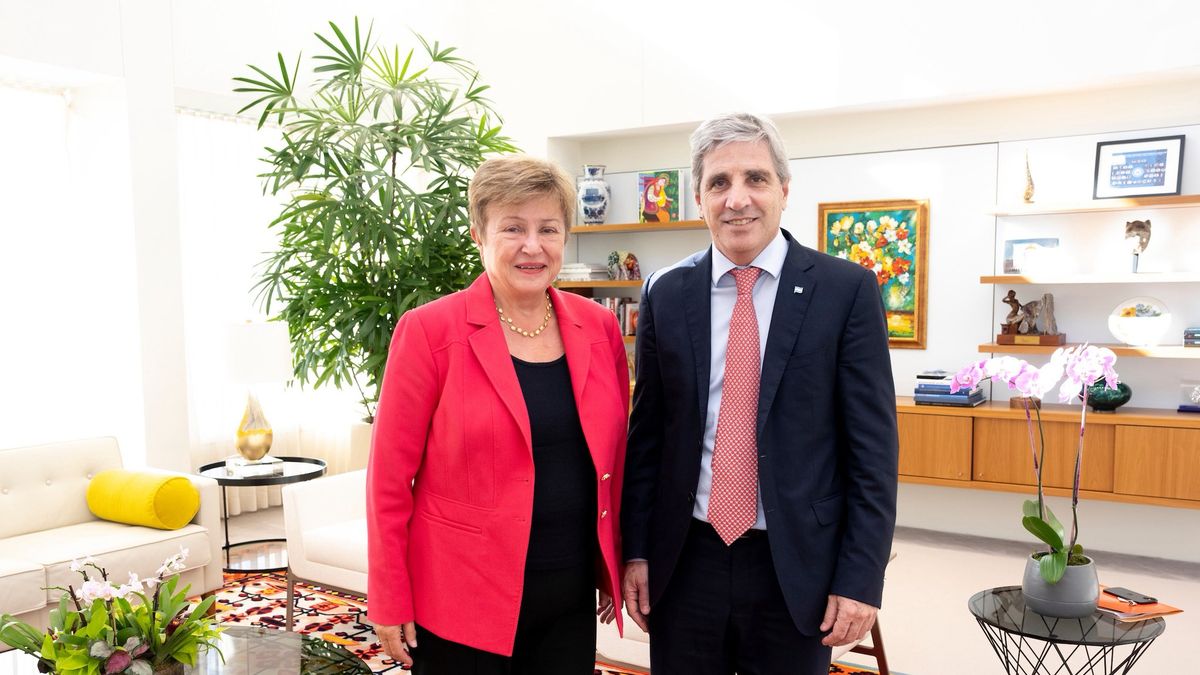Perón was not born and Argentina turned its back on the US
The alignment of the Argentine leadership sectors to the United Kingdom, was expressed in the opposition to the American attempt to establish a customs union and a common currency, in the first Pan-American conference of 1889. Faced with the slogan put forward by the US: “America for the Americans”, the Argentine representative Roque Sáenz Peña expressed an evasive position: “America for Humanity”. Between 1880 and 1914, the American political system adapted to the changes and demands of its population. In contrast, the Argentine system remained stubbornly dominated by a partisan minority.
Beattie explains that the US would have been like Argentina if the racist Confederate South had won the Civil War. At the end of the first war, grain and meat exports collapsed. As expected, at the end of the 20’s, exports had fallen 70%. While the US had begun a process of economic change, the Argentine elites resisted the new businesses. The US had begun its industrialization, and at the end of the First War its national businessmen invested their savings to stay with the European industry, and thus the US positioned itself as a world power. The Argentina of a few continued to export meat, leather and wheat. Thus we fell from the world ranking in an accelerated way. All this is said by Alan Beattie, a “pro-market” economist from the Financial Times, no one further from “populism”.
The myths that Professor Rapoport unmasked
Dr. Rapoport points out falsehoods installed in the minds of many Argentines, such as “the idea or the myth that the country was in the first decades of the 20th century, among the most advanced in the world or that it became a world power”. From there it holds another myth: “that the decline of Argentina began in the 1940s’, with the processes of industrialization, the intervention of the State and the distribution of income.
He affirms that in the understanding of economic policies, myths take the form of irreducible counterpoints in decision-making or policies: “indebtedness or domestic savings; inflation or convertibility; nationalization or unconditional freedom of the markets.”
Strange myth is the one that tries to impose that Argentina was the most civilized country in Latin America. A territory with bloody belligerences, appalling civil wars with thousands of deaths. Remember the anarchy, only in 1880, the country achieved some stability.
Libertarianism of friends as in Russia
Agro-exporting Argentina was sustained by a socio-economic structure in which land ownership was concentrated in a small and powerful nucleus of landowners. A distribution similar to that of post-Soviet Russia was made, with foreign support. Foreign capital helped to assemble the agro-export apparatus with its “profitability guaranteed by the State.”
Rich Argentines traveled to Europe dazzling with their riches and built mansions, in their ranches or in Palermo. It was not a “golden age” for everyone; As pointed out in the report written in 1904 by the Catalan Bialet-Massé on the living conditions of the working classes in the interior of the country, an important part of the population lived in poverty. Rapoport explains that the agro-export model, in part, came from the colonial era (royal mercedes, dairy farms, the first “campaigns to the desert” to appropriate indigenous lands), and continues with the law of Rivadavia de Empiteusis (rental of large extensions of public lands to a few individuals), the new campaigns to the desert and the favorable sale of those rented lands. This process culminated in General Roca’s campaign, definitively eliminating the presence of indigenous people and making millions of exploitable hectares available to a handful of landowners.
The UK was losing markets like Germany and the US, which were protecting their industries and expanding their trade. This loss of the US market was replaced by colonies such as Australia, New Zealand and Canada, as well as Argentina and Uruguay, without the benefits of the former. All contributed to providing food and raw materials that the United Kingdom needed to industrialize and eat.
Juan Bautista Alberdi said that the Argentine Constitution “more than political freedom” had tended to seek “economic freedom.” Towards 1880 the governments kept only the constitutional forms, excluded the opposition sectors and chose their successors. There are myths installed in the minds of many, such as the idea that in the first decades of the 20th century, the country was among the most advanced in the world. Another story is sustained from this last assertion: “Argentina’s decadence began in the 1940s’, with the processes of industrialization, the intervention of the State and the distribution of income.
Bartolomé Miter (1821-1906) politician, soldier, journalist and historian representative of the supremacy, president between 1862 and 1868, combined a free trade economy with the bloodiest repression in history. It is estimated around 5,000 deaths in a country that barely reached 1,500,000 inhabitants. After that, Miter could not return, but he continued to be a political and ideological operator who in 1870 founded the newspaper La Nación (currently partially owned by Macri, according to Esmeralda Mitre).
So Argentina grew at the beginning of the 20th century, but the idea that it became one of the richest countries is doubtful.
Tailwind
That growth was not due to insightful leadership, but to a combination of natural factors and a favorable world environment. Wealth of the humid pampa.Rural economy of few families. Sub population linked to England. Client of meat, skins, wool and grains. World markets required agricultural products. Cheap immigrant labor from Europe. Massive agricultural exports were functional to import manufactured goods and “borrow”. All these factors converged in the consolidation of an always nostalgic landed elite. Later the three “A”, the Anchorena, the Alvear and the Alzaga, who rubbed shoulders with the European nobility, squandered their fortunes and plummeted. Entered the century, they were exchanging surname by submission until today towards the “nouveau riche” Italians and southern Spanish. Those who were first rogues and became nobles, now had passed “from blue blood, to mischievous page.”
Returning, more people, less GDP per capita with higher concentration, in just 20 years 3 million European immigrants arrived in Argentina (not counting 1 million from other origins): from 4,123,800 inhabitants in 1895 to 8,162,000 inhabitants in 1915 Source: “The growth of the Argentine population”, Ramiro A. Flores Cruz. When referring to 1890-1930 as the base and comparing GDP per capita with reference to continental Europe, it is omitted that the period includes a world war (1914-1919) that devastated the performance of European countries.
Between 1890 and 1916, more capitalist, Consumption explained 60% of the GDP (15% less than now), of which approximately 88% was given by the Consumption of the few. 13.5% of the GDP was made up of Expenditure, since the State did not fulfill the basic obligations of the modern State: to provide health, education, security and infrastructure. 24.52% of GDP was explained by Investment, which appears in these conditions, as it does today in Vietnam, Sri Lanka, Pakistan or Cambodia. Exports represented 21% of GDP, but did not include manufacturing. Imports represented 19% of GDP. English salaries were paid. Exports exceeded imports by 11%. We clearly subsidized foreign labor. The inflation rate was low from 1890 to 1940 because the world gold standard worked and until 1919 consumption did not put pressure on demand, because it was restricted to a small minority.
Together for production and work
These are other Argentines who want their pre-1976 country back, before the debt in dollars multiplies 50 times. When there was no “financial bicycle”, no unemployment, no high and unworthy poverty. When those of us who worked in a national industry with 1,500 workers -in 20 million inhabitants-, we were happy to be part of a company that exported electrical appliances to 26 countries, including Israel and Brazil. Dining room on the floor with professional bursars so that the workers can have a balanced diet for lunch. School within the company. There was almost no absenteeism. I remember a phrase that moved us employees, in the voice of Cacho Fontana: “YELMO an Argentine company, proud of its origin”.
Professor of Postgraduate UBA and Masters in private universities. Master in International Economic Policy, Doctor in Political Science, author of 6 books. @PabloTigani
Source: Ambito




